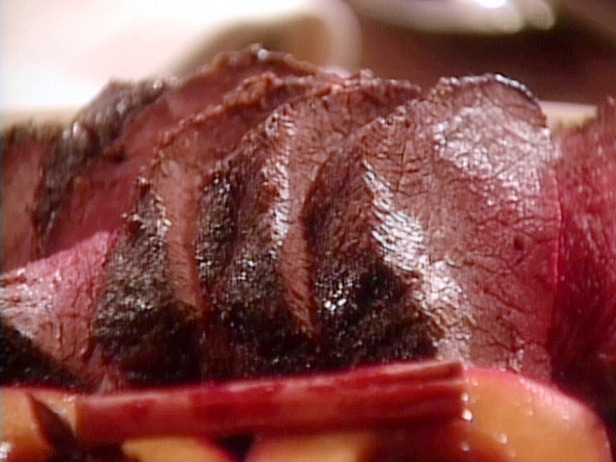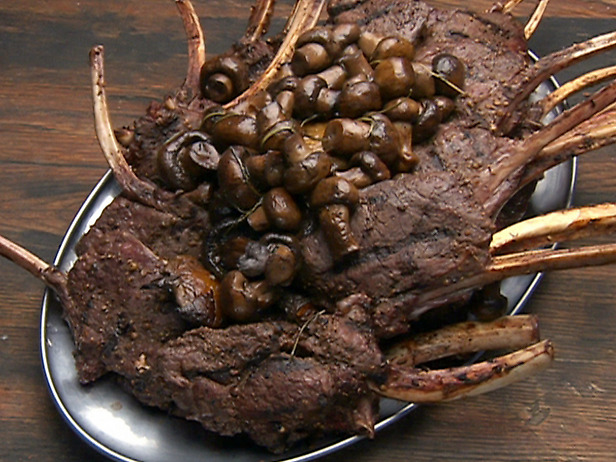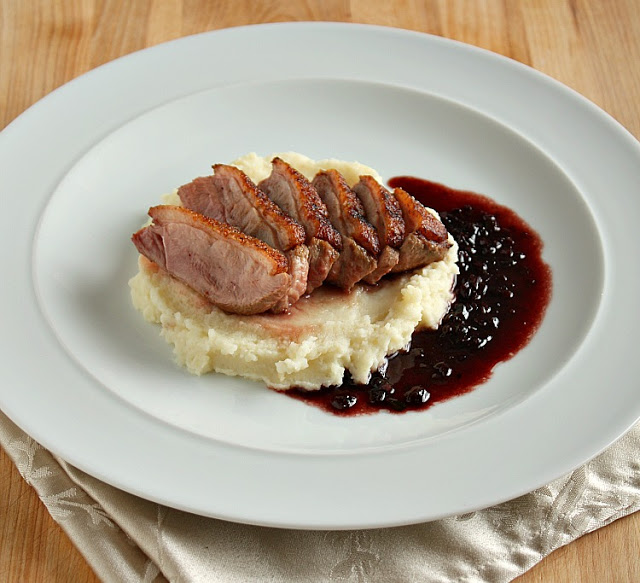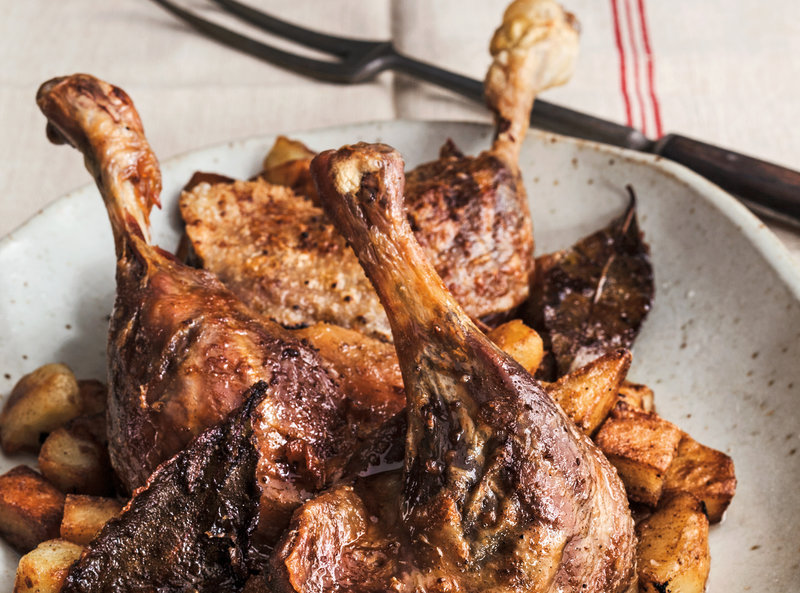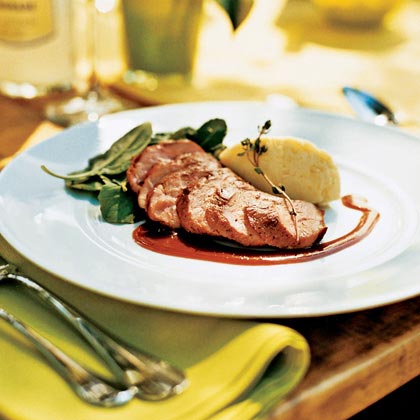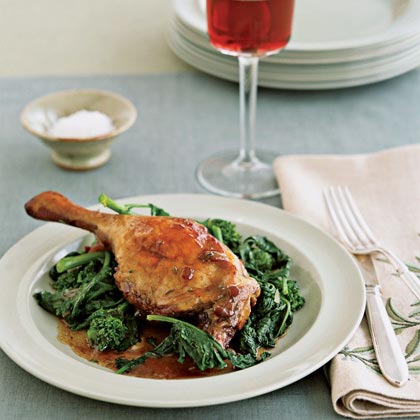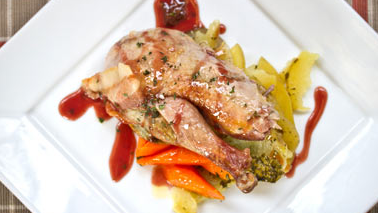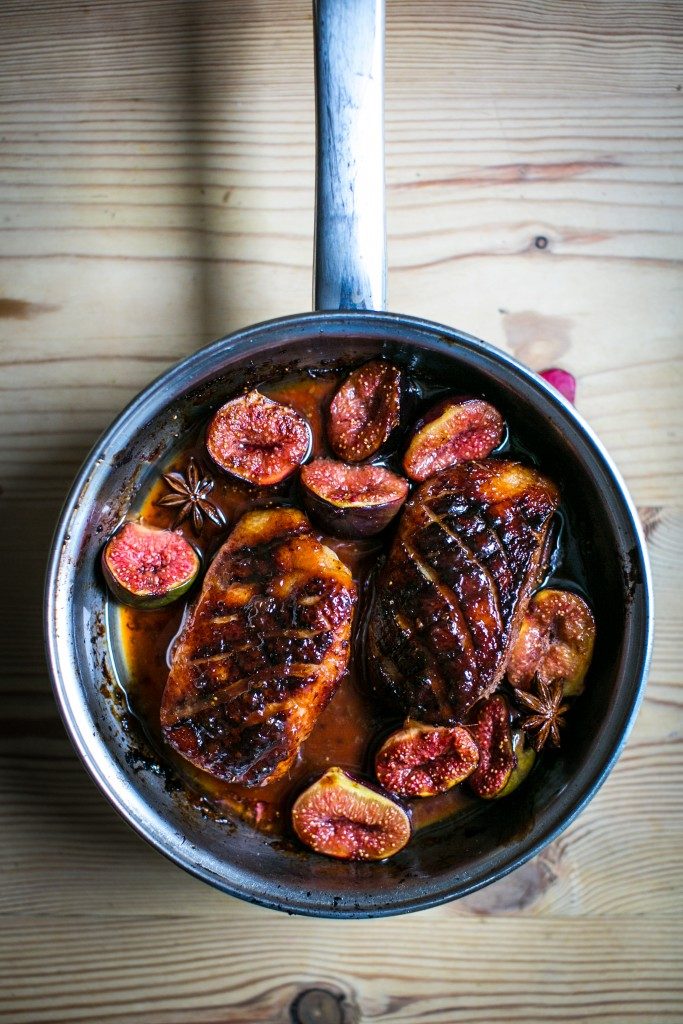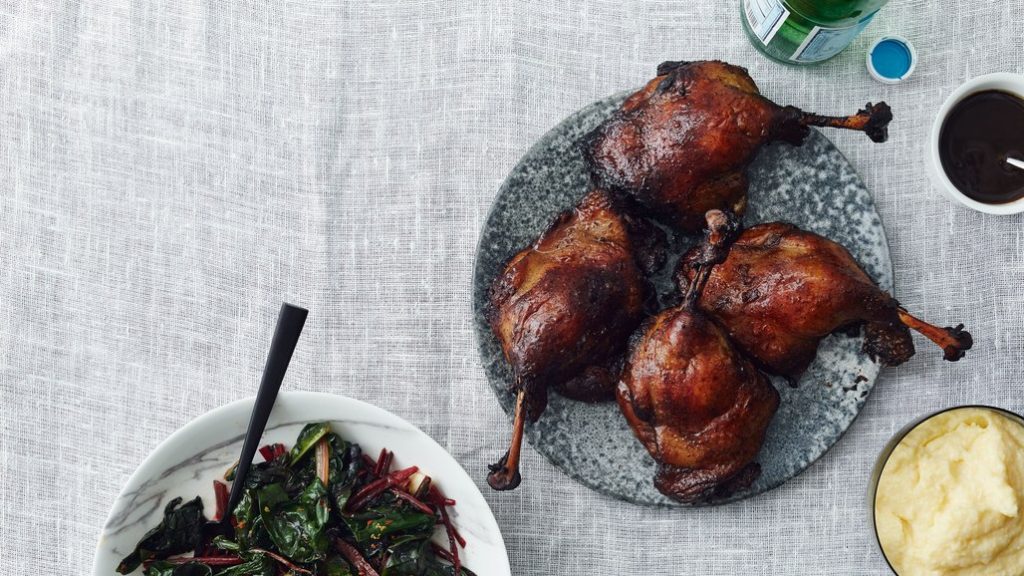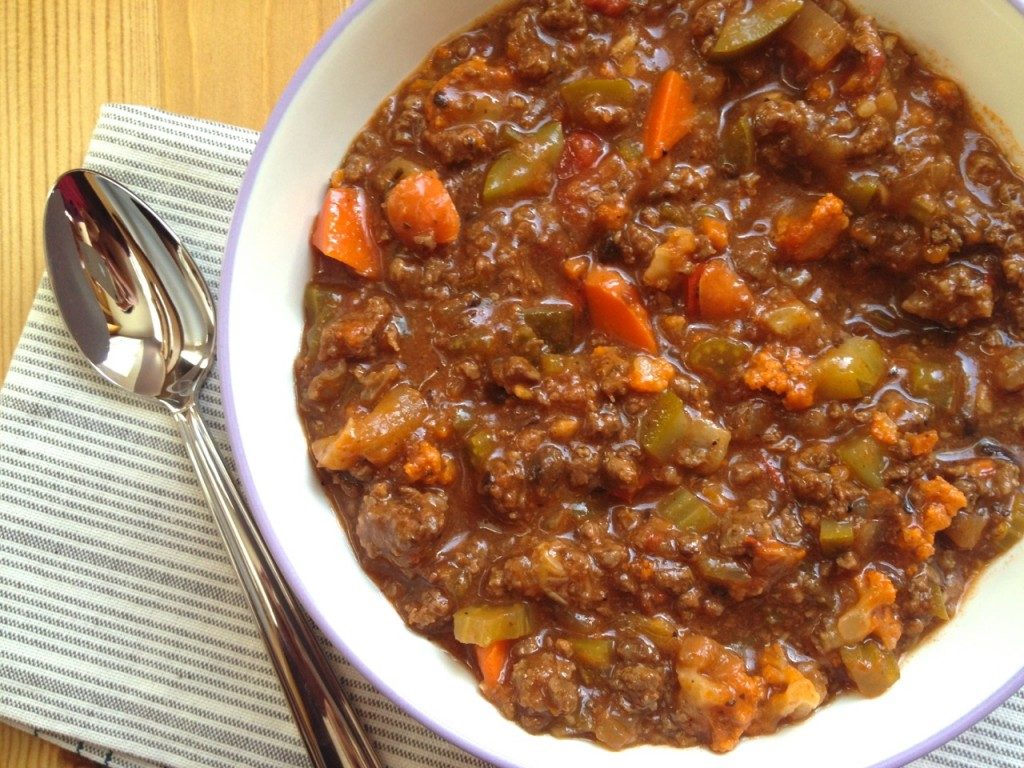Leg of Venison with Cider-Baked Apples, Red Chard, and Cranberry Sauce
2 tsp. black peppercorns
2 tsp. juniper berries
2 tsp. fennel seeds
2 tsp. dried or fresh thyme leaves
1/2 cup olive oil
1 (3-pound) boneless venison leg roast or turkey breast, trimmed and tied
Cranberry sauce:
1 cinnamon stick, snapped in half
4 tsp. fennel seeds
4 tsp. whole cloves
4 tsp. black peppercorns
4 tsp. juniper berries
6 cups fresh cranberries (about 12 ounces)
1 1/2 cups red wine, such as pinot noir
1 cup balsamic vinegar
2/3 cup sugar
2/3 cup undiluted orange juice concentrate
Cider-baked apples:
4 cups apple cider
1/2 cup apple cider vinegar
6 star anise pods (optional)
2 cinnamon sticks
4 whole cloves
1/2 tsp. ground allspice
1/4 cup unsalted butter
4 Braeburn, Jonathan, Gala, or Red Delicious apples, cored and halved lengthwise
Chard:
2 T. unsalted butter
2 bunches firm red or white chard, stemmed
1/4 cup apple cider (or cider residue from baked apples)
1 tsp. salt
1 tsp. freshly ground black pepper
To prepare venison: In a spice grinder or food processor, grind the peppercorns, juniper berries, fennel seeds, and thyme together. Mix with 4 T. of the olive oil and rub on the venison. Cover and let stand in the refrigerator for 4 to 12 hours. Remove the venison from the refrigerator 1 hour before cooking to come to room temperature. To make the cranberry sauce: In a food processor or spice grinder, coarsely grind the cinnamon, fennel seeds, cloves, peppercorns, and juniper berries together. Place in a cheesecloth square and tie closed with a string. In a heavy medium saucepan, combine the cranberries, wine, vinegar, sugar, and orange juice concentrate. Add the spice bundle and bring the liquid to a boil. Reduce the heat to a simmer and cook for 25 to 30 minutes, or until the cranberries are very soft. Remove the spice bundle, pour the sauce into a bowl, and let cool. Use now, or cover and refrigerate for up to 3 days. Bring to room temperature before serving. While the cranberry sauce cools, make the baked apples: Preheat the oven to 325 degrees F. In a medium saucepan, cook the cider, vinegar, star anise, cinnamon, cloves, allspice, and butter for 5 minutes. Place the apples, cut-side down, in a baking pan. Pour the cider mixture over the apples. Bake for 15 to 20 minutes, or until semisoft; set aside and keep warm, or reheat just before serving. To make the venison: Preheat the oven to 350 degrees F. In a large skillet, heat the remaining 4 T. oil and brown the venison on all sides. Place on a rack in a roasting pan and roast in the oven for about 50 minutes for medium-rare. For medium-done, roast 6 to 7 minutes longer. Remove the venison from the oven, cover loosely with aluminum foil, and let stand for 5 minutes before slicing. To make the chard: In a large skillet, melt the butter over medium heat. Add the chard and apple cider and sauté for 5 minutes, stirring occasionally. Season with salt and pepper.
To serve, transfer the venison to a platter and arrange the apples beside it. Divide the chard and cranberry sauce between bowls. Serve.
Game Seasoning:
1 T. salt
1/4 tsp. ground white peppercorn
1/4 tsp. minced rosemary
2 fresh bay leaves, minced
1/2 tsp. juniper berries
1/2 tsp. minced thyme
In a small bowl, combine all the ingredients.
Yield:
Calories:
Fat:
Fiber:
